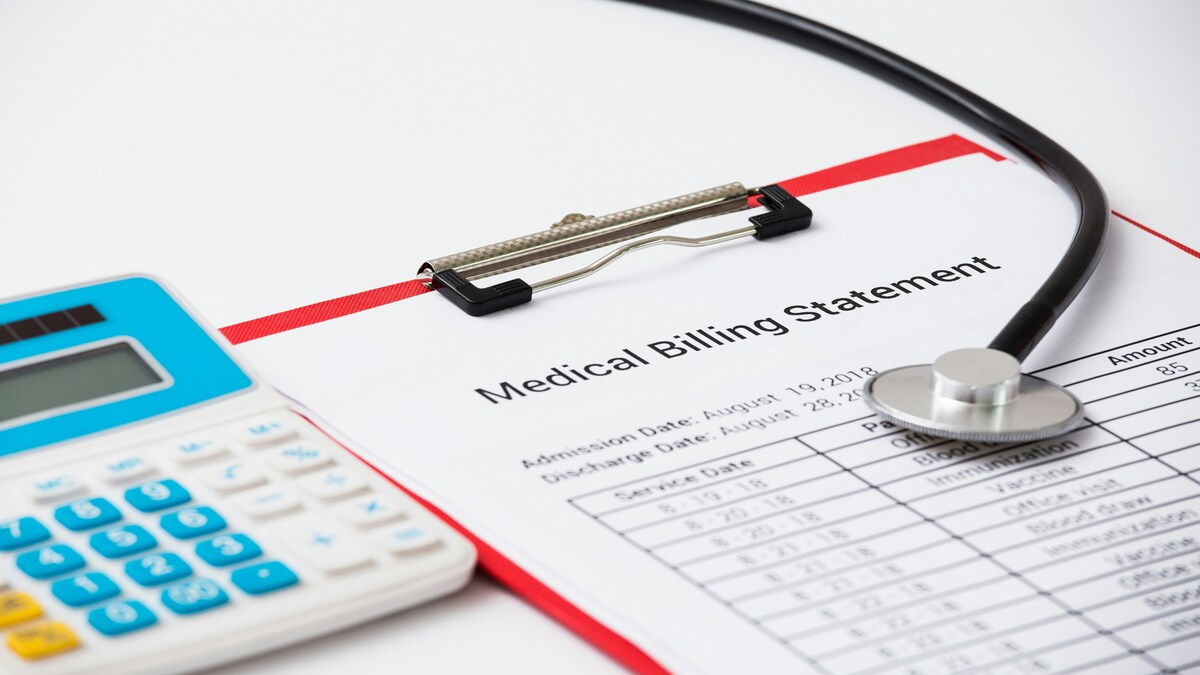Medical expenses can strain personal finances, prompting many to ask whether such costs are deductible on their taxes. The good news is that the IRS allows taxpayers to deduct certain unreimbursed medical expenses under specific conditions.
Which medical expenses are deductible?
The IRS permits taxpayers to deduct qualifying unreimbursed medical expenses for preventive care, treatment, surgeries, and dental or vision care. These expenses can include:
- Prescription medications and insulin.
- Appliances such as eyeglasses, contact lenses, hearing aids, and dentures.
- Mental health services, including visits to psychologists and psychiatrists.
- Transportation costs related to medical care, like mileage, parking fees, or public transit fares.
- Medical equipment like wheelchairs and crutches.
- Home modifications for medical needs, such as installing ramps or grab bars.
These expenses must be unreimbursed by insurance or any other source to qualify as deductions.
Eligibility
To qualify for a deduction, your unreimbursed medical expenses must exceed 7.5% of your Adjusted Gross Income (AGI). For example, if your AGI is $50,000, only expenses above $3,750 are deductible. This means that if you incurred $5,000 in medical costs, your eligible deduction would be $1,250 ($5,000 – $3,750).
The standard deduction vs. itemized deductions
Medical expense deductions are only available if you itemize your deductions on IRS Schedule A instead of taking the Standard Deduction. The 2024 Standard Deduction is $13,850 for single filers and $27,700 for married couples filing jointly. Generally, you should itemize only if the total of your deductions (including medical expenses) exceeds the Standard Deduction.
Pandemic-related medical costs
COVID-19-related medical expenses are deductible, provided they are unreimbursed. This includes costs for treatments, medications, and travel for care. Many private insurers cover COVID-19 treatment costs, reducing out-of-pocket expenses. However, any remaining unreimbursed costs may qualify for deduction under the same 7.5% AGI threshold.
How to claim the deduction
To claim medical expense deductions:
- Use IRS Form 1040 and attach Schedule A.
- On Schedule A, report your total medical expenses, AGI, and the amount exceeding 7.5% of your AGI.
- Calculate the difference between your total medical expenses and the 7.5% threshold to determine the deductible amount.
For example, if your total medical costs were $10,000 and your AGI was $80,000, you would subtract $6,000 (7.5% of $80,000) from $10,000, leaving a deductible amount of $4,000.
Special considerations
- Reimbursed expenses: Any costs covered by insurance, employers, or other programs cannot be deducted.
- Timing of payments: Only expenses paid in the tax year for which you are filing can be deducted.
- Flexible spending accounts (FSAs): Expenses paid with FSA or HSA funds are not eligible for additional tax deductions.
How do I claim the medical expenses tax deduction?
To claim the medical expense deduction, you must itemize your deductions. Itemizing requires that you don’t take the Standard Deduction. Normally, you should only claim the medical expenses deduction if your itemized deductions are greater than your Standard Deduction (TurboTax can also do this calculation for you).
If you elect to itemize, you must use IRS Form 1040 to file your taxes and attach Schedule A.
- On Schedule A, report the total medical expenses you paid during the year on line 1 and your adjusted gross income (from your Form 1040) on line 2.
- Enter 7.5% of your adjusted gross income on line 3.
- Enter the difference between your expenses and 7.5% of your adjusted gross income on line 4.
- The resulting amount on line 4 will be added to any other itemized deductions and subtracted from your adjusted gross income to reduce your annual taxable income.
- If this amount, plus any other itemized deductions you claim, is less than your Standard Deduction, you probably shouldn’t itemize.
Ineligible medical expenses
Certain costs do not qualify for deductions, including:
- Cosmetic procedures for aesthetic purposes.
- Nonprescription drugs (except insulin).
- General health expenses like gym memberships, vitamins, or diet foods.
- Medical expenses paid with pre-tax dollars through accounts like Health Savings Accounts (HSAs) or Flexible Spending Accounts (FSAs), as these funds are already tax-advantaged.

